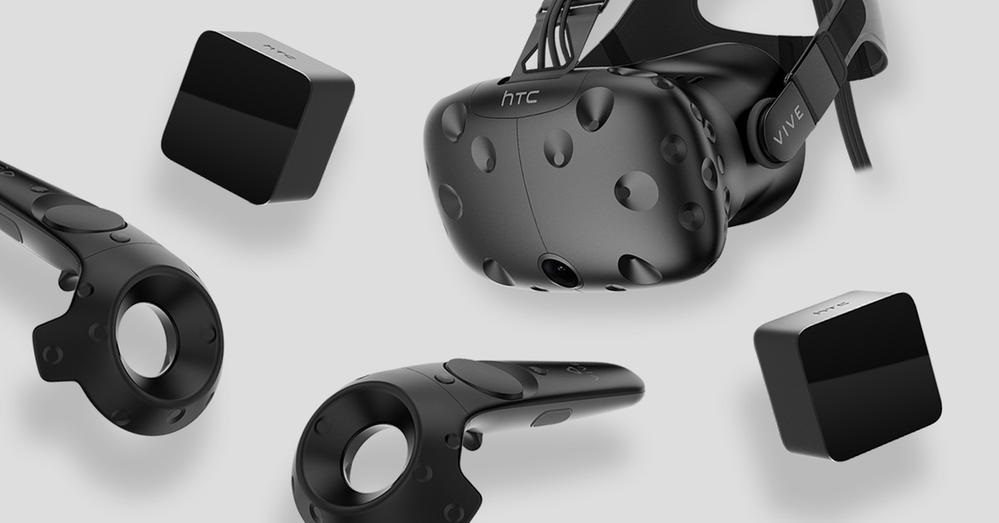Big news coming out of the Computex Taipei 2017 show in Taiwan from industry giant HTC and Intel. The two companies have announced a partnership to bring Intel’s WiGig wireless VR solution to the HTC Vive!
HTC is planning on manufacturing the WiGig wireless VR accessory, which is based on the 802.11ad standard. It will work solely in the interference-free 60GHz band. From this, you can expect high throughput and low latency in both directions. What does this mean for the user? Expect video quality to have <7ms latency in any environment, all while still supporting multiple users sharing the same space during use.
This is especially important because it’s a clear indication that both HTC and Intel are recognizing the need to be better at integrating with higher level computing. By all accounts, this is a great addition to the already impressive and growing Vive suite of offerings.
But this isn’t the first time Vive has partnered up with a wireless solution. Look no further than the TPcast adapter we’ve all heard a lot about in recent months. Will these new moves hurt the TPcast? That’s highly unlikely but it could help hasten their evolution and adoption.

It’s hard not to see this as another step in the mobile and standalone VR trend that we originally reported on here. With partners like Google and Lenovo and now Intel, it’s obvious that HTC is not planning on being left behind on this movement. In fact, they’re clearly trying to be the forerunner.
While very few details other than what we’re reporting are available at this time, both HTC and Intel are dropping hints that they’ll show off their new concept at their booth during the Electronic Entertainment Expo (E3) 2017, in Los Angeles, California next month.

No doubt, you can also expect to see a host of other players in this segment at E3 as well with companies like Canadian chipset developer Peraso Technologies, Inc., who just showed off their wireless gaming solution powered by the same WiGig solution at Computex 2017. There’s also Quark, a Bulgarian company that is also creating a wireless VR concept for the Vive called DisplayLink.
We can’t wait for all of these solutions to become reality. More wireless and standalone VR options make VR workouts that much easier and less encumbered by chords and locations. Being able to take VR anywhere is going to be amazing and we can’t wait! What wireless or standalone option are you waiting for? Sound off in the comments below!












[…] Continue reading on VR Fitness Insider. […]